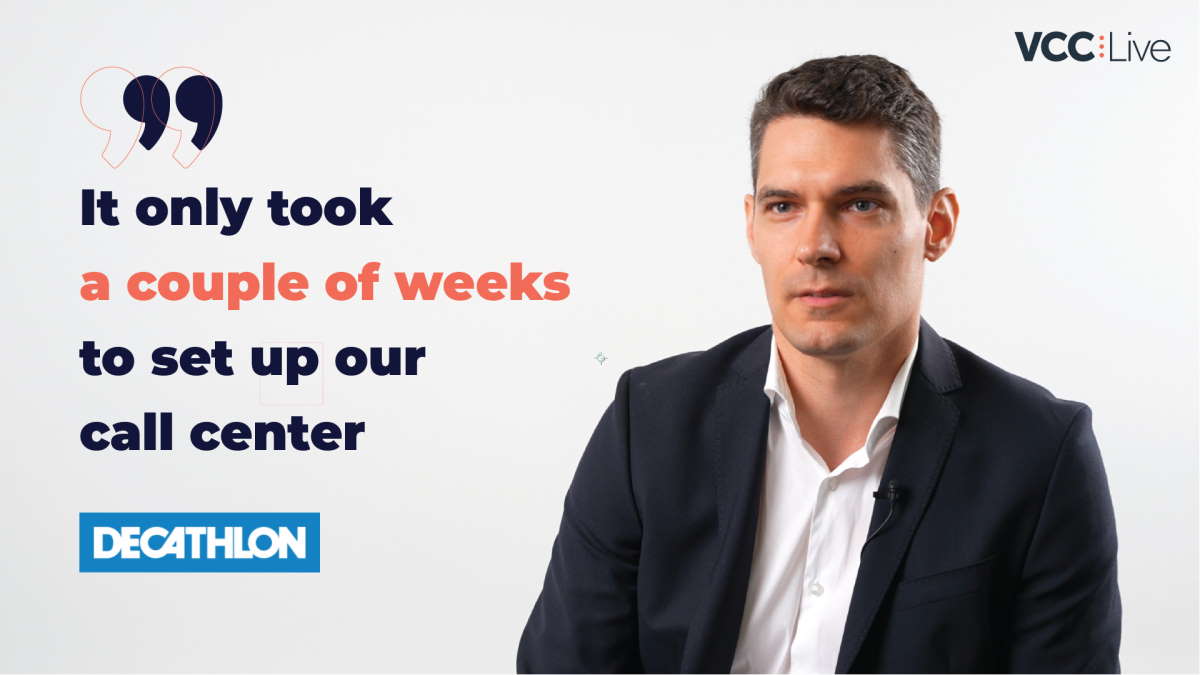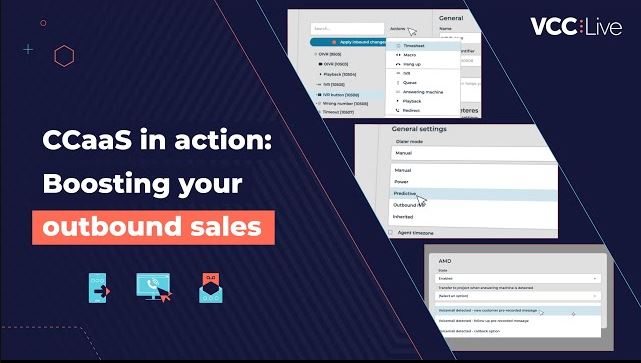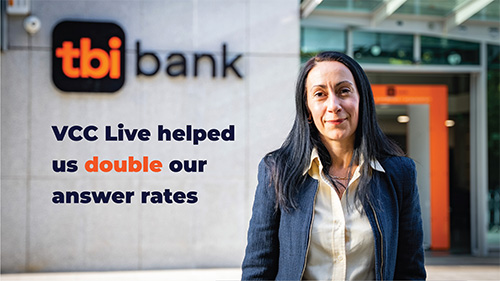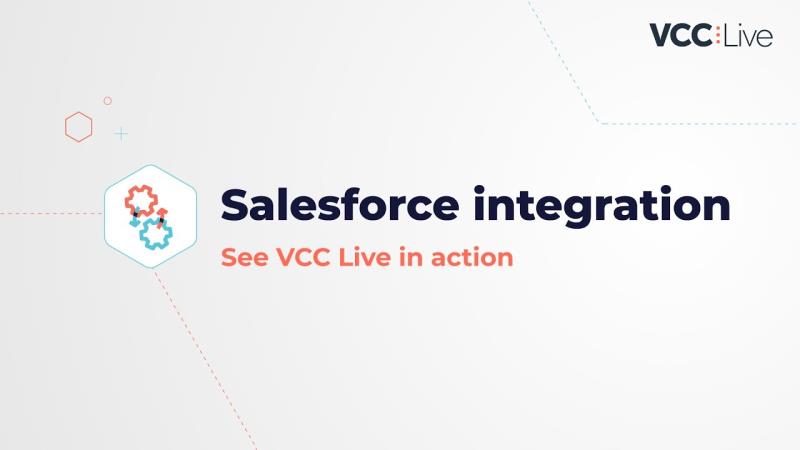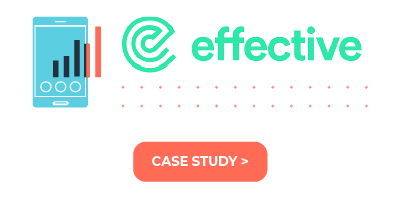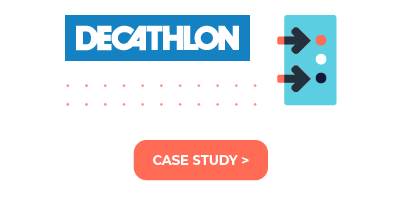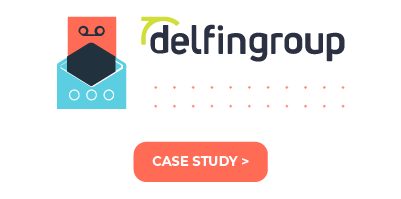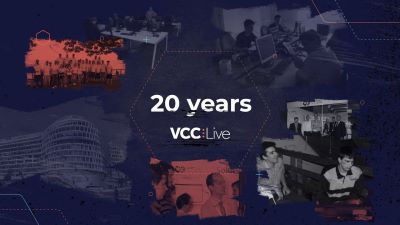In today’s CX-driven world, customers can choose from a number of platforms when they want to communicate with your customer service team. As a result, businesses receive inbound conversations on far more channels than they used to.
It’s clear that your agent team on its own would struggle to respond to all of these incoming conversations that your business receives. However, by automating some of your processes you’ll be able to handle thousands of conversations simultaneously across all channels while keeping customers satisfied.
Implementing customer service automation processes in the call center has many advantages. Here are the top benefits!
Increase your productivity
Just because your agents are on the phone all day long, it doesn’t mean they are making productive calls or being efficient. Many call centers still rely on manual dialers, with agents having to dial numbers themselves. And many of these calls end up lost on answering machines, or with agents waiting too long for a customer to pick up.
Customer service automation can greatly benefit your call center’s productivity. With a predictive dialer, for example, you can automate your dialing process and thus potentially double your efficiency by reaching as many customers as possible.
Indeed, one major advantage of predictive dialers is that they can greatly enhance agent efficiency. Firstly, by relying on a predictive dialer, agents save time as they no longer need to manually dial numbers. Secondly, when an agent finishes their current call, a predictive dialer already has the next call ringing and ready to handle.
Furthermore, you can also provide automated responses to the most recurring customer queries, and thus free up your agents from typing out the same response multiple times a day. In fact, automating some of your workflows can potentially add up to hours of saved time per day.
Deliver better customer experience
Let’s face it, customers rarely look forward to contacting customer service lines. Having to contact a company’s customer service several times, and then being put on hold for several minutes, is clearly a frustrating customer experience.
With proper customer service automation processes, however, customer issues can be easily resolved without them (and you!) having lengthy and inefficient phone calls with customers.
Amongst other things, skills-based routing is a technique being increasingly used to direct customers to an appropriate agent by routing incoming calls to specific agents based on the service requested. As a result, customer experience greatly improves as agents are not only actively talking to customers but are also resolving their issues at potentially the highest level of efficiency.
It is also worth considering that it is increasingly common for companies to use automation tools such as an IVR system to handle their customer service traffic more effectively. However, voice-based IVR systems often mean customers calls take longer than expected, and actually don’t bring the results customers are looking for. So, if you want to unlock the full potential of IVR systems then make sure you opt for a visual IVR. Visual IVRs allow customers to use touch-screen menus to find the answers they’re looking for, instead of waiting for traditional IVR systems as they read out every option.
Lower your costs
As we all know, lowering costs is the number one priority in any call center. Saving costs by reducing staff numbers, however, is a gamble that is not worth taking, as during peak times it may actually end up costing you more in terms of poor service.
In contrast, customer service automation will allow you to cut costs by reducing the amount of labor used on individual tasks, rather than your number of agents. By automating some of your processes, you’ll not only be able to free up your agents from repetitive, low-value activities but also reduce the number of customer calls your call center receives. And, most automation tools are available on a subscription basis, allowing you to only pay for what you use and also easily scale up based on your needs.
So, for example, if your call center receives a lot of repetitive questions, you can assess your calls and automate the repetitive ones, for example, using an IVR feature. The more calls your IVR system can handle the more money you can save on your workforce.
Reduce your agent workload
Handling low-value repetitive tasks, such as answering the most commonly-asked questions a company receives, is a nightmare for any call center agent, a soul-sucking activity which can easily result in them burning out. This is definitely one area where customer service automation can help.
Chatbots, for example, can carry out many kinds of repetitive tasks on behalf of call center agents. In recent years, chat solutions have become massively popular in the call center industry, allowing call centers to reduce agent workload and letting agents focus on higher-value activities.
A truly great customer service automation tool is customer self-service. The benefits of self-service are obvious: if your customers can resolve simple queries themselves, this will allow your customer service agents to use the resulting additional time to handle more complex issues. The result will be significantly-reduced customer service call volumes, and so substantially reduced agent workloads.
Voice ID can be a game changer
Another way of automating things in your call center is through using a voice identification solution. Callers who have accepted this method get a chance to record their voice samples in order to get recognized and have their queries handled a lot faster and more conveniently.
VCC Live have recently partnered with Biometrid, a Portuguese company specializing in remote identity verification. Together, we delivered a successful trial run with one of our clients who offered voice ID solution to their callers. Head over to Biometrid’s website to see how your contact center can benefit from a no code solution for verifying identity in multiple ways (voice, facial, or even contextual behavior) .
Customer service automation is more than just about offering customers a more convenient experience. It enhances productivity and quality, while also allowing you to better manage your resources. Make sure to leverage it in order to get the most out of your customer service interactions!
